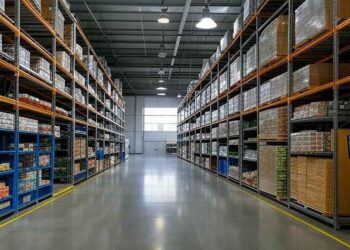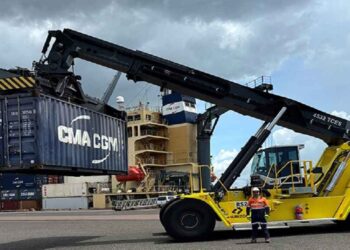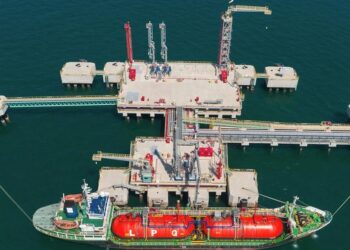Westports has launched the world’s first Remote Physical Check System (RPS) during a visit by Malaysia’s transport minister Dr. Wee Ka Siong to Westports Malaysia Sdn Bhd.
In a statement, Westports said the RPS marks a new milestone in its journey towards digitisation.
Every container unloaded from or loaded onto a vessel has to be verified at the wharf and the RPS allows the verification process to be performed via Video Analytic cameras installed on the Quay Cranes structure instead of having stowage clerks physically walking around container boxes performing the same function onsite at the wharf.
Westports RPS is the world’s first in implementing this technology via a wireless network and infrastructure.
Westports’ RPS was developed internally over two years from the proof-of-concept in 2018, to pilot test in 2019, and finally full-scale gradual implementation in 2020.
The terminal operator said it has already implemented the RPS on 29 units of ship-to-shore (STS) cranes and is expected to roll out the full application of the RPS by end 2020.
The RPS upgrades the stowage clerks’ and enables them to perform the verification process remotely, a feature which improves accuracy and cuts waste, according to Westports.
Additionally, the RPS will improve efficiencies as one member of staff will be able to perform the work it previously took three to do. This will allow Westports to redeploy and retrain staff for other areas of operations to support its plans, including the new multi-billionaire terminal expansion at Pulau Indah.
“Remote Physical-Check System demonstrates Westports’ ethos and culture of striving and even developing innovative solutions to achieve improvement in operational efficiency for our clients and work safety for our staff,” said Datuk Ruben Emir Gnanalingam, Group Managing Director of Westports.
“The system was developed at a fraction of the cost compared to some alternatives, and it is the world’s first wireless network system.
“The RPS will also support greater operational efficiency of Westports eventual expanded multi-billion container terminal expansion in the future.”


































